Design New York, 17 December 2019
Prescient collectors with a shared passion, Ann and Robert Fromer began acquiring decorative arts spanning the late 19th through early 20th centuries almost fifty years ago. The Fromers’ collection aptly narrates the historicism and innovative spirit of this period, demonstrating how naturalism, Japanese influences and historic revivals of the late 19th century gave way to the progressively graphic and pictorial styles of Art Deco. A predilection for layered textures and richly evocative color palettes further define the collection, which unites critical makers such as Pierre-Adrien Dalpayrat & Alphonse Voisin-Delacroix, Taxile Doat, Auguste Delaherche, Paul Jeanneney, Tiffany Studios and Gabriel Argy-Rousseau, among others.
Featured Image: Lots 121-123: three Gourd-form vases by Paul Jeanneney. Estimates: $4,000 – 6,000 each. Design at Phillips New York, 17 December.
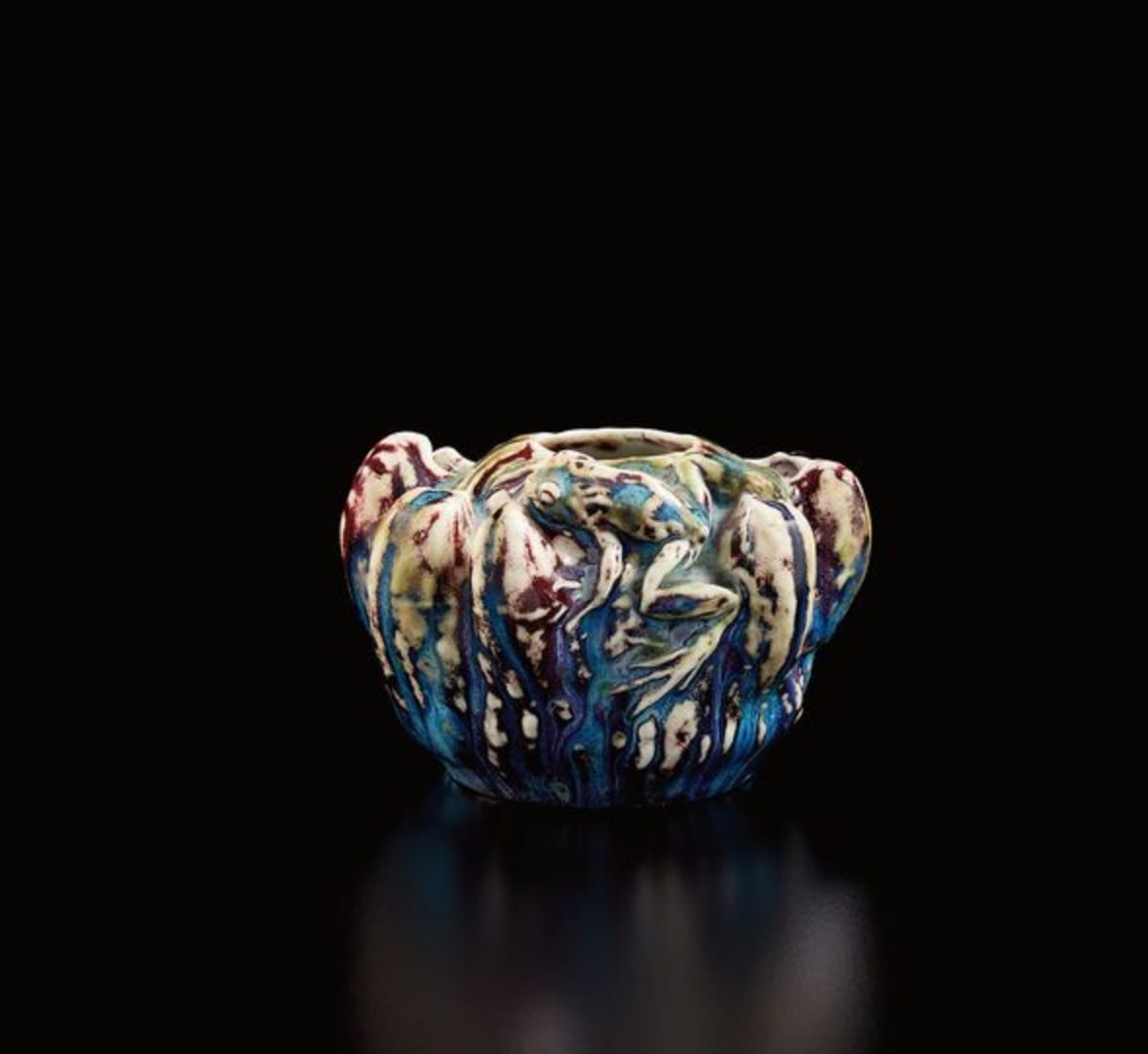
Pierre-Adrien Dalpayrat and Alphonse Voisin-Delacroix signed a working contract in 1892, shortly after which the pair likely produced the present work. Voisin-Delacroix was responsible for the form while Dalpayrat perfected the glaze. The exact date of production is uncertain, as Voisin-Delacroix died in 1893, but his forms may have been posthumously recreated. During their brief collaboration, the pair created a range of works that featured motifs verging on the macabre, such as body parts and small animals. The gourd-form inkwell shown here is an example of this type of work, which combines a whimsical form with a mesmerizing glaze. Dalpayrat’s glazes typically combined multiple colors, most famously his sang de bœuf glaze—sometimes called “Dalpayrat red”—which he used in his inkwell with silver mount (lot 125).
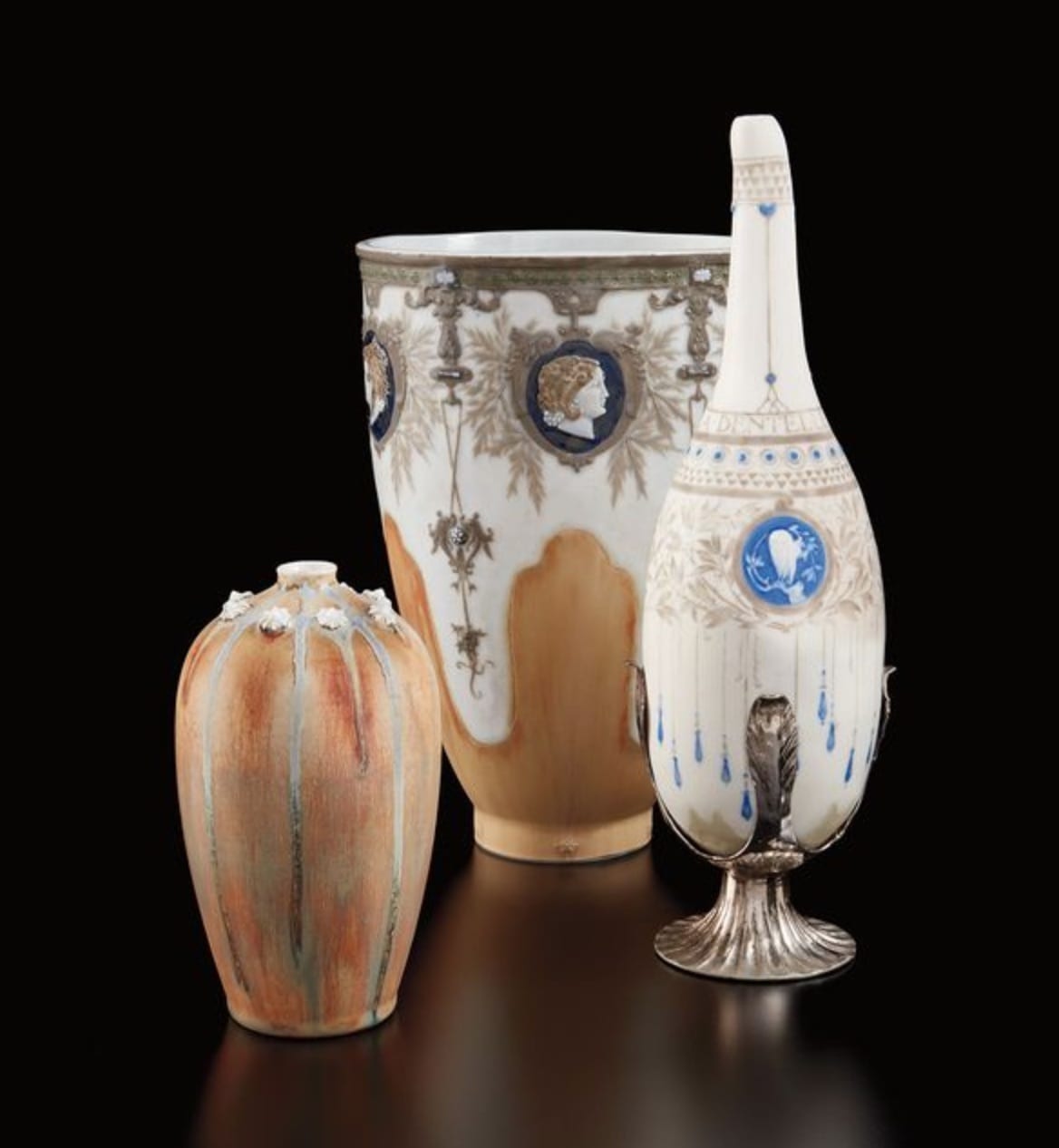
In his treatise on ceramic-making, Taxile Doat wrote “[in my] experimental laboratory…I win from the fire the wares which have brought me a gratifying success.” The present works reveal both the experimental nature of the artist’s work as well as his success as a ceramist at the turn of the 20th century. Whereas other ceramists benefited from a division of labor, Doat preferred to experiment with every stage of the production process—from modeling to firing. He advocated for the use of grand feu ceramics as well as the pâte-sur-pâte technique, which involves creating relief designs by applying multiple layers of slip onto an unfired body. The present works are marked “Sèvres,” which is an indication of the artist’s workshop’s location rather than the Manufacture nationale de Sèvres—though Doat did produce work for the national manufactory until 1950 as well. Doat’s works demonstrate his expert control over these complex techniques and also reveal the artist’s taste for motifs from Greek mythology, such as Minerva and the Amazons, as well as nature, both popular sources of imagery in fin-de-siècle France.
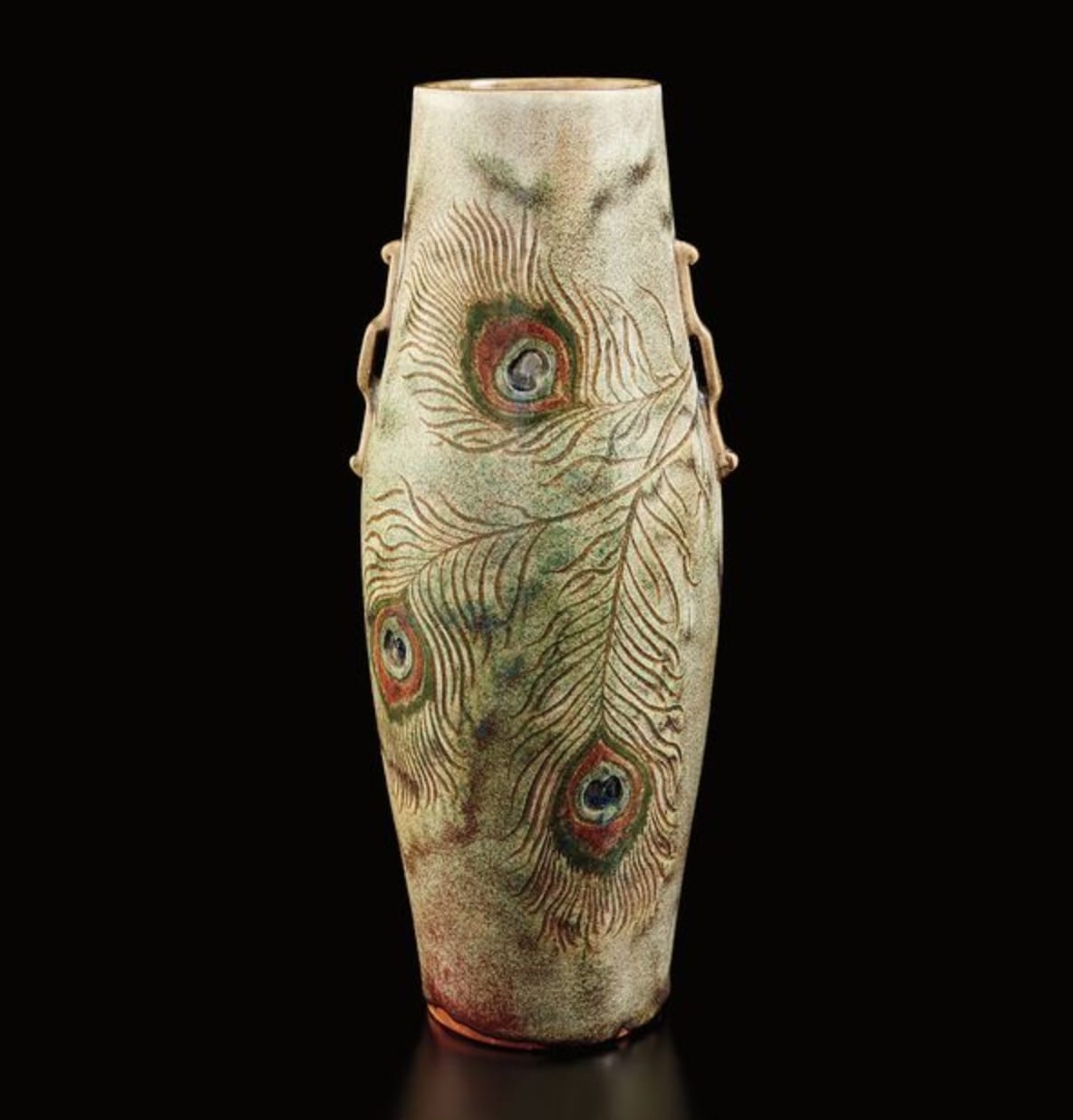
In 1889, Auguste Delaherche won a gold medal at the Exposition Universelle in Paris, where he showcased ceramic vases with peacock feather decorations, including the present model. This show established Delaherche as one of the preeminent ceramists of his generation and helped to usher in the Art Nouveau style. Later in his career, Delaherche preferred to use drip glazes rather than representational imagery, but the style of his work remained indebted to Eastern influences. These works demonstrate a shift from the figural to the abstract in Delaherche’s œuvre, and also reveal mastery at each iteration of his artistic practice. Notably, an example of the present model is in the permanent collection of the Musée d’Orsay, Paris.
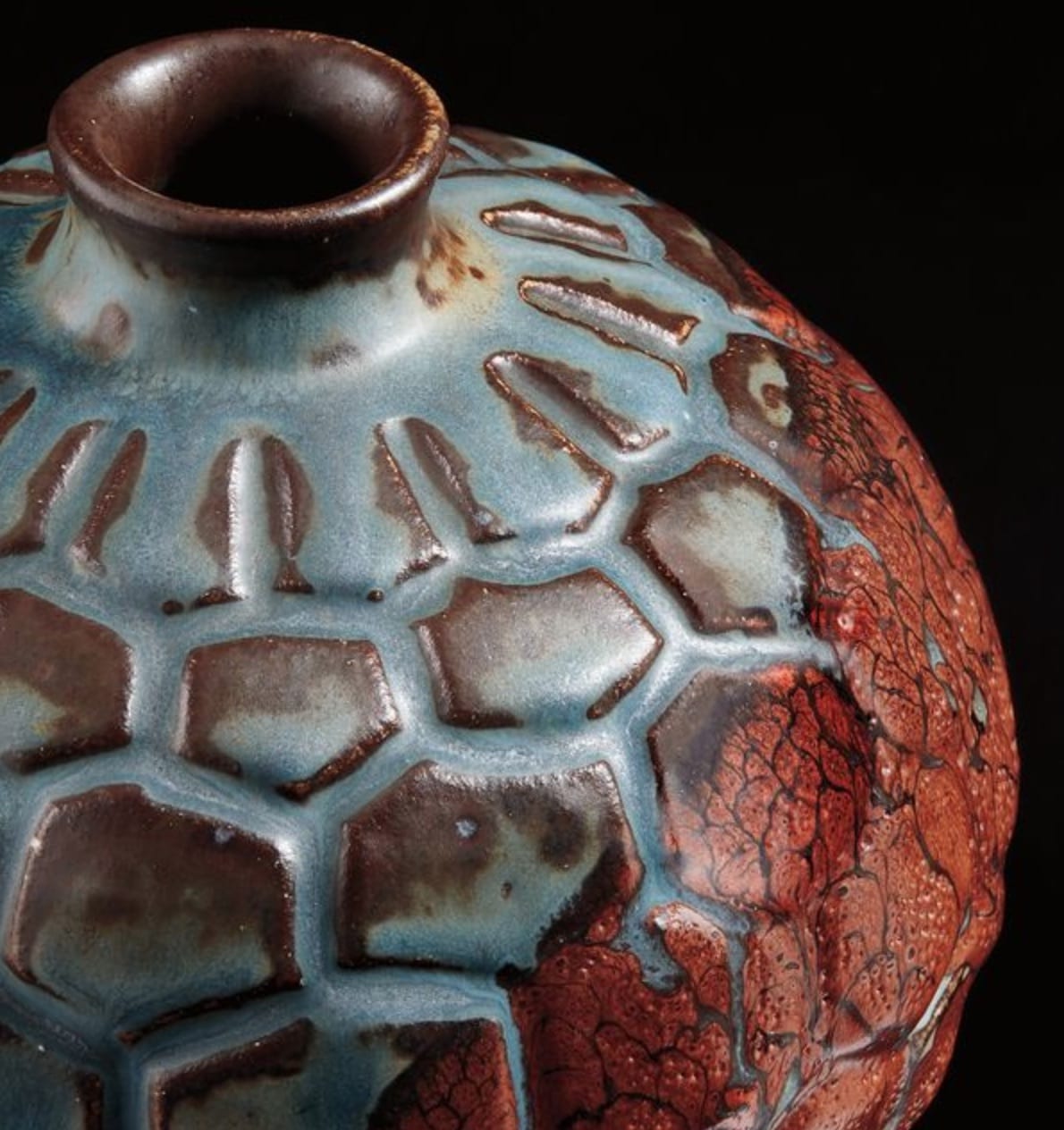
Paul Jeanneney was an avid ceramist as well as a collector of art and design. Early in his career, he began to acquire works by his contemporaries such as the aforementioned Dalpayrat and Delaherche. Jeanneney also collected objects from countries such as China, Korea and Japan, which greatly influenced his production of Art Nouveau ceramics. The artist often worked with drip glazes that produced a beautiful peau de serpent (or snakeskin) effect, as seen in the present work. The elegance of these forms, paired with his dynamic use of glaze, result in quietly complex pieces that continue to delight today just as much as they did when he revealed them at the turn of the century.
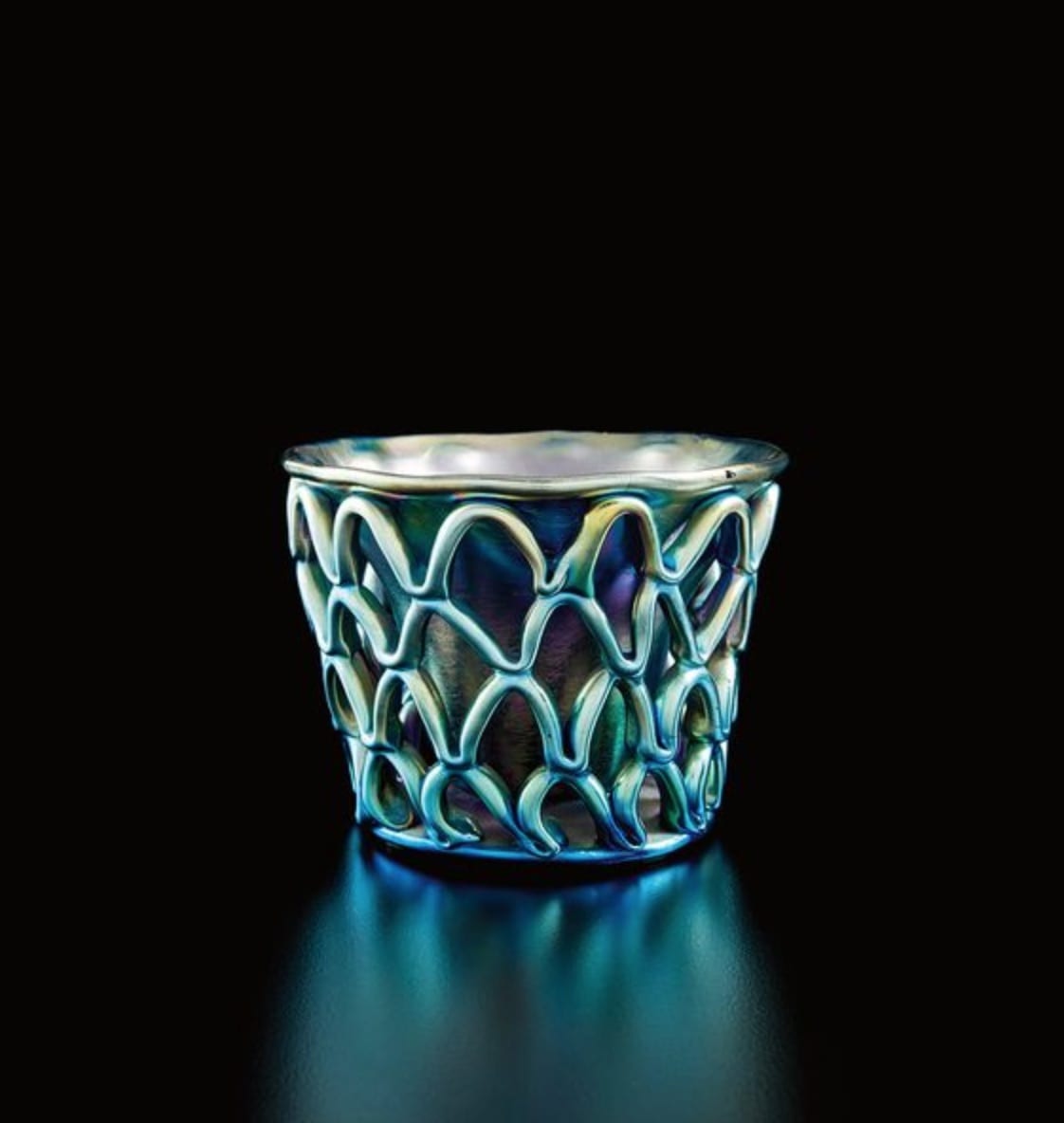
Louis Comfort Tiffany’s career as an artist, designer, and businessman can best be summarized as an exploration of beauty through innovation and relentless experimentation. The collected works from the Fromer Collection speak to the diversity of design that Tiffany Studios produced at the beginning of the 20th century. The Diatreta vase (lot 142) is an example of Tiffany’s groundbreaking invention of Favrile glass, the term that he used for his iridescent glassware. “Diatreta” refers to the cup’s form, originating from Ancient Roman glassmaking traditions in which the lace-like exterior of the vessel is detached from the inner beaker. As time passed, Tiffany began exploring ceramics with his lamp bases, such as lot 139, in which he imitated the appearance of metalsmithing techniques. Tiffany Studios’ later pottery was often monochromatic and relied on motifs from nature, as seen in the vase with seed pods (lot 141).
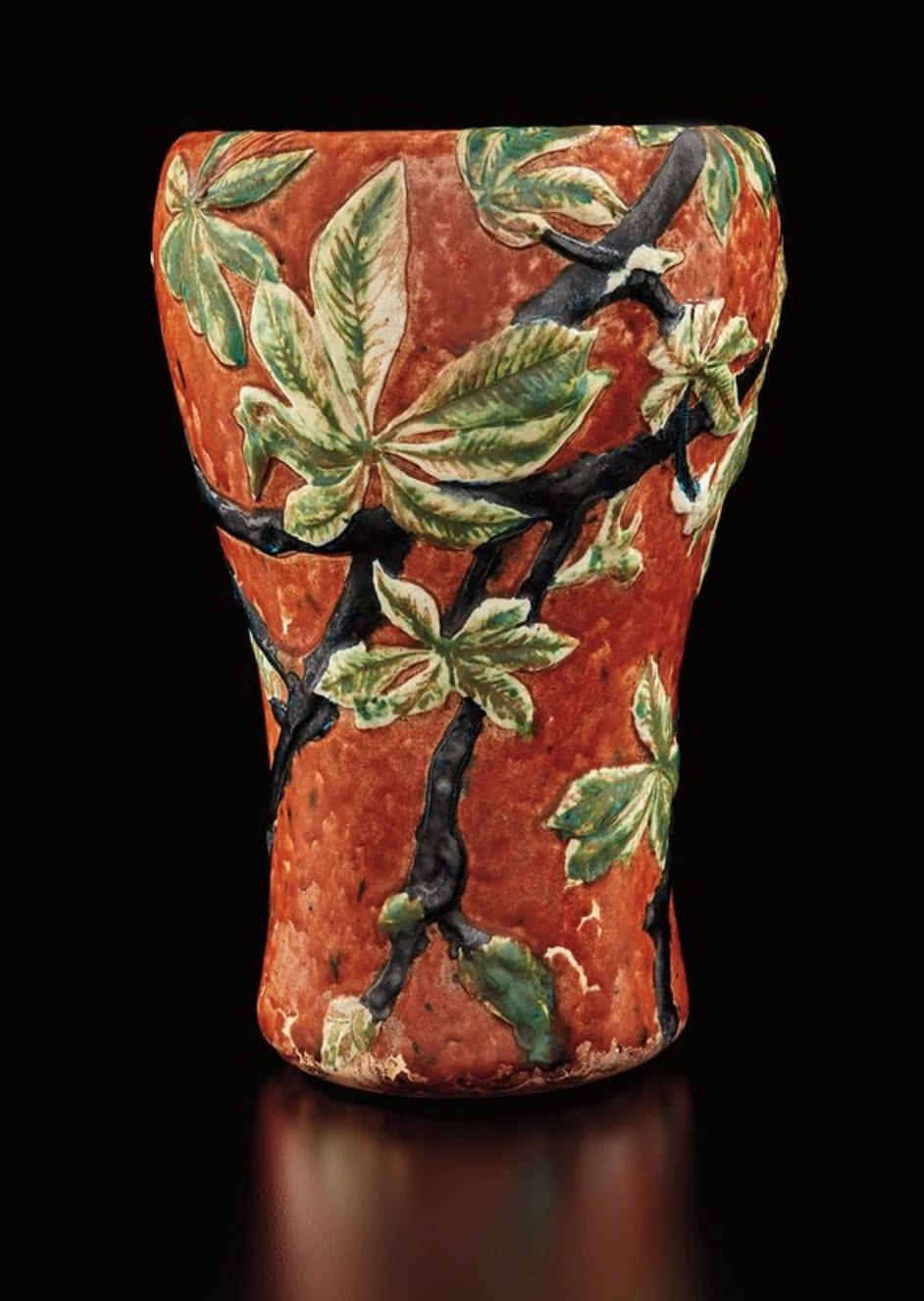
As the “EL” mark on the underside of the present work indicates, this “Horse Chestnut” vase was executed by Edith Lautrup. A talented and experienced decorator, Lautrup served as the director of Tiffany Studios from around 1900 until she relocated to her native Denmark in 1902. In the following years, Tiffany Studios created the same form in enameled copper, which the present lot is perhaps meant to emulate through its glaze, making the vase a particularly rare and important early example of Tiffany pottery.
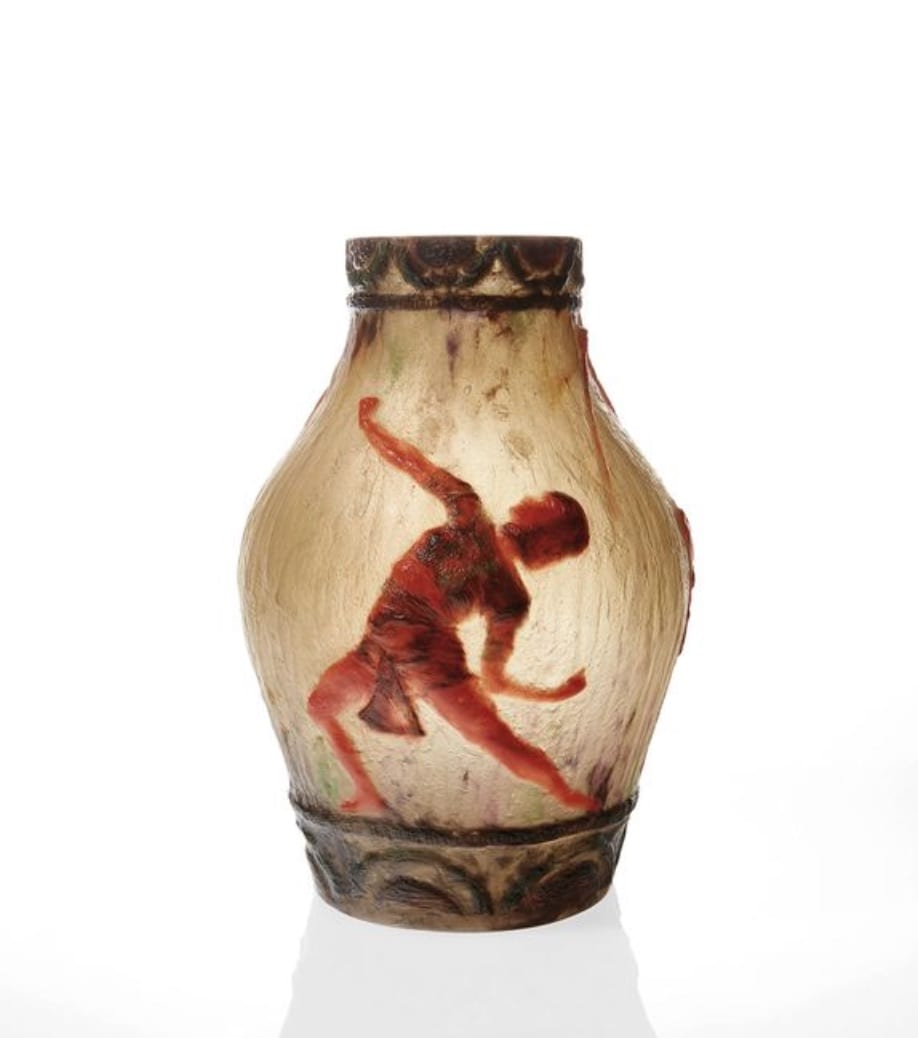
In 1921 Gabriel Argy-Rousseau established his firm the Société Anonyme des Pâtes de Verre d’Argy-Rousseau, which popularized the pâte-de-verre glassmaking tradition in France. In this technique, the artist applies a paste made from glass powder to a mold before firing, a highly complex process that Argy-Rousseau perfected after months of training and experimentation. His pieces were expensive to make, yet they were commercially successful and received critical acclaim throughout the 1920s. As these pieces reveal, Argy-Rousseau’s decorative work often featured motifs from Classical art and antiquity as well as scenes from nature, all in highly colorful arrangements that were fashionable in the 1920s and remain striking today.
The most active years of the Fromers’ collecting, the 1980s, took place when this ground-breaking period of creativity from one century earlier was just beginning to be re-examined by a new generation. Since then, the scholarship has only continued to advance. In those early years of rediscovery, without the wealth of scholarship and market history now at our disposal, the Fromers nevertheless assembled a museum-worthy collection of the finest and most representative works of the period. Perhaps most of all, this collection offers a new perspective into this crucial era through the eyes of Ann and Robert Fromer.
Auction Details:
Auction 17 December 2pm EST
450 Park Avenue, New York (map)
Viewing 13-16 December
Friday-Saturday 10am-6pm
Sunday 12pm-6pm
Text from Phillips.
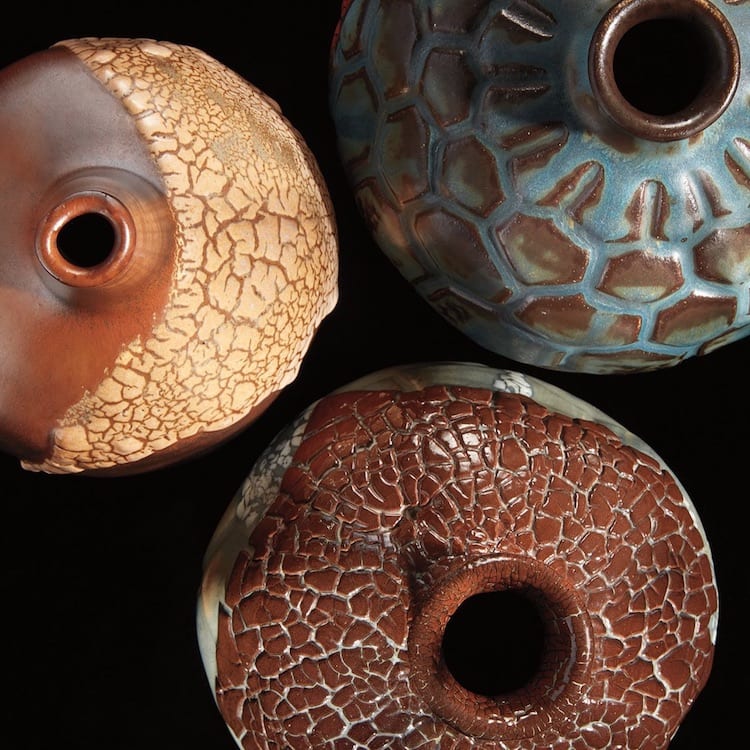


Terrific – happy to receive.